New Orleans
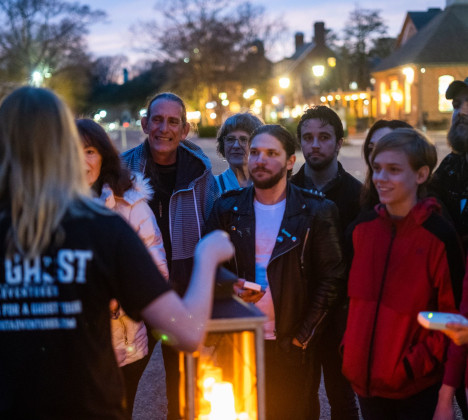
 New Orleans, LA
New Orleans, LA
French Quarter Ghosts and Ghouls of New Orleans
From $25 / person
8PM
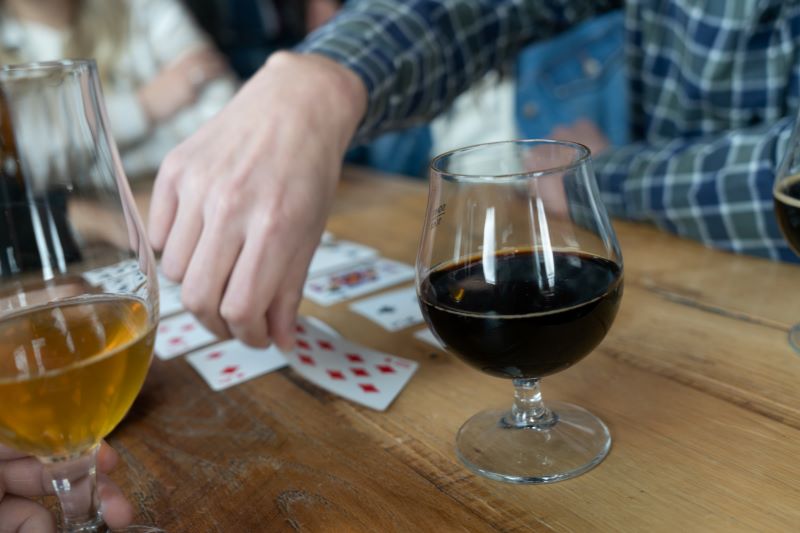
 New Orleans, LA
New Orleans, LA
Frenchmen Street Mural and Bayou Bar Crawl
From $35 / person
6:00PM
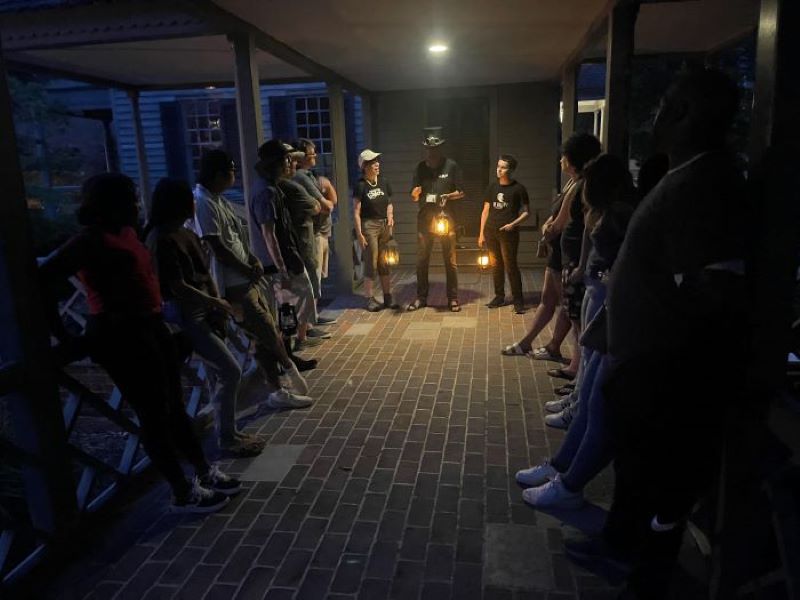
 New Orleans, LA
New Orleans, LA
Supernatural Legends of Blood and Magic: Voodoo and Vampire True Crime Tour
From $25 / person
11AM

 New Orleans, LA
New Orleans, LA
Time and Money: Tombs and Mansions of the Rich and Famous
From $25 / person
2PM
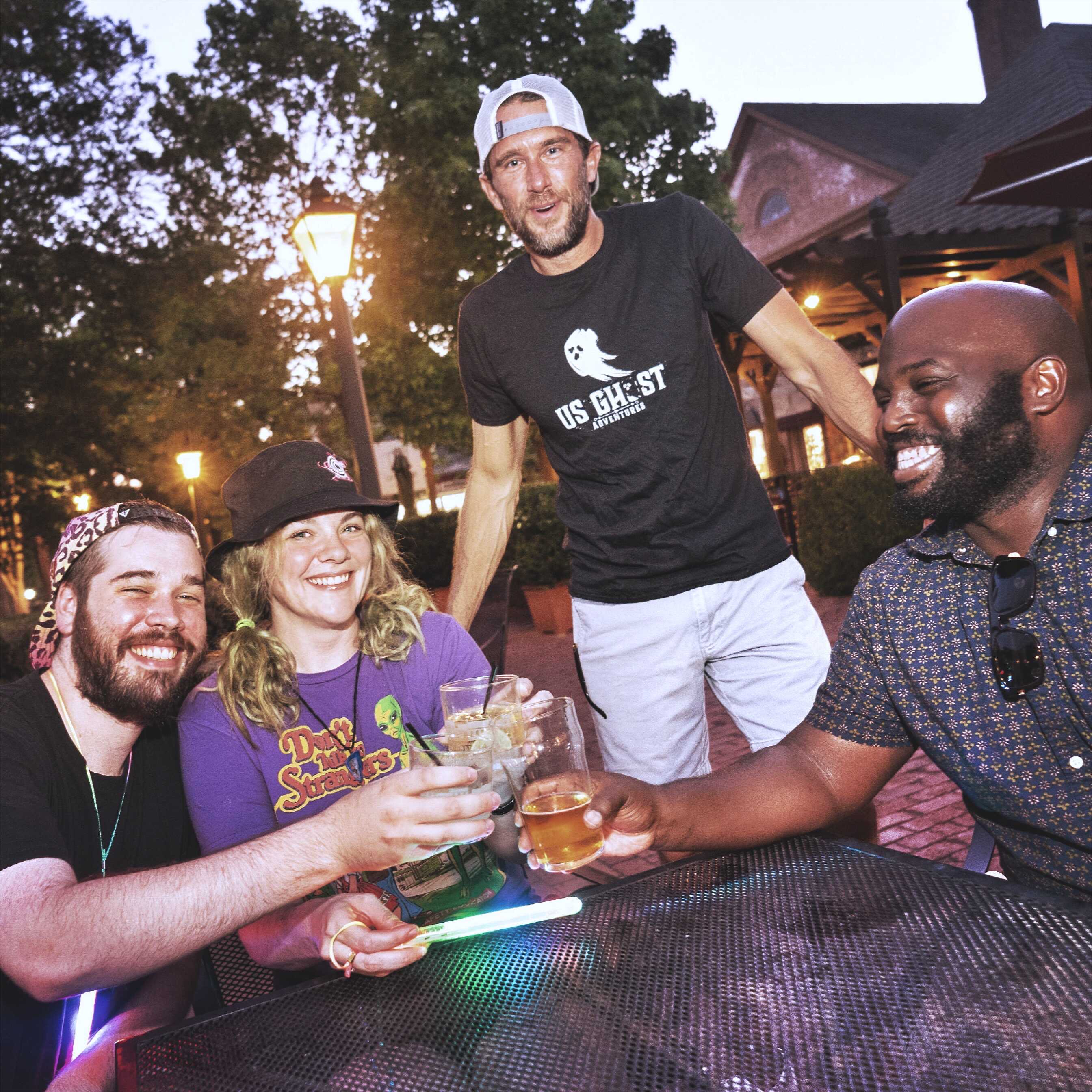
 New Orleans, LA
New Orleans, LA
New Orleans Ghosts Boos and Booze Haunted Pub Crawl
From $30 / person
Evenings

 New Orleans, LA
New Orleans, LA
Big Easy Bayou Bites Tour
From $75 / person
10:00AM

 New Orleans, LA
New Orleans, LA
French Quarter Ghosts and Ghouls of New Orleans
From $25 / person
8PM

 New Orleans, LA
New Orleans, LA
Frenchmen Street Mural and Bayou Bar Crawl
From $35 / person
6:00PM

 New Orleans, LA
New Orleans, LA
Supernatural Legends of Blood and Magic: Voodoo and Vampire True Crime Tour
From $25 / person
11AM

 New Orleans, LA
New Orleans, LA
Time and Money: Tombs and Mansions of the Rich and Famous
From $25 / person
2PM

 New Orleans, LA
New Orleans, LA
New Orleans Ghosts Boos and Booze Haunted Pub Crawl
From $30 / person
Evenings

 New Orleans, LA
New Orleans, LA
Big Easy Bayou Bites Tour
From $75 / person
10:00AM
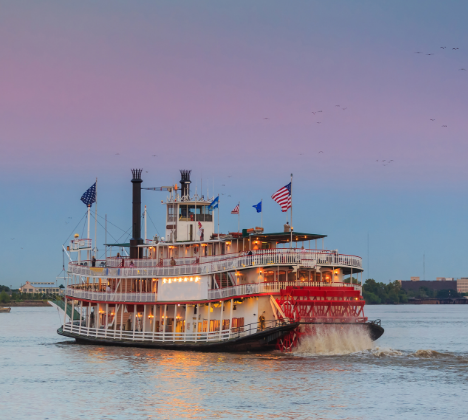
New Orleans by Junket
Did you know the dead in New Orleans are laid to rest above the ground. Or that it is the birthplace of both the cocktail and the American Mafia? Or that it is illegal to ride on a Mardi Gras float without a mask?
Uncover the little-known stories of New Orleans, her fascinating legacy, and the captivating tales that make the Crescent City one of the most mysterious and charismatic places in America. Immerse yourself in the laid-back party that is life in New Orleans with a sampling of her original music, authentic flavors, signature cocktails, and hypnotic legends that spans the centuries with stories of ghosts, vampires, and voodoo.
Chills and Thrills in the Crescent City
You're invited to enjoy our Junket New Orleans Experience to explore the charm, crimes, and character of the town, with some hidden gems, a fright or two, and few surprises along the way.
Junket's expert guides will reveal the real New Orleans in a unique light, with unforgettable experiences. You will gain a new perspective on a popular destination through samples of exquisite local cuisine, ineractive presentations of local art and culture, and enthralling local stories full of the mystery and history of New Orleans. Experience the Louisiana Bayou like never before and take your pick from these fascinating tours:
- Meet the spirits of America's most haunted city on our French Quarter Ghost and Ghouls of New Orleans
- Dive into the occult on the Supernatural Legends of Blood and Magic: Voodoo and Vampire True Crime Tour
- Drink like a local on our Frenchman Street Mural and Bayou Bar Crawl
- Uncover the secrets of NOLA's most glamorous neighborhood on the Time and Money: Tombs and Mansions of the Rich and Famous Tour
Join us for an immersive experience to explore one of the country's most beloved cities and let the good times roll in the Big Easy.

New Orleans History
New Orleans is one of America's most sultry and mystical cities, with a history as rich and spicy as the gumbo it's famous for. One of the most unique cities in America, New Orleans is a place where ancient rhythms meet the energy of jazz and blue, New Orleans is a place where Southeen charm meets French cuisine with a laid-back, Caribbean attitude of "anything goes". An over-the-top experience for the sense, New Orleans is a city filled with soulful jazz, memorable flavors, and a history as colorful as the vibrant streets it encompasses.
Place of Many Tongues
The city of New Orleans sits on the southern shore of the vast Mississippi River, the nation's second largest river, that curls and meanders through 10 states and served as the main highway of trade in the New World. The area that is now New Orleans was first inhabited by the indigenous Choctaw Nation, who settled along the banks of the mighty Mississippi around what would one day be nicknamed the Crescent City. The native tribe's name for the area that would become New Orleans was Bulbancha, or "place of many tongues," for its role as a trading post for many different peoples.
The land that became Louisiana was claimed by France in the 1690s after French fur trappers and traders began to settle in the area. In 1718, the colony of "La Nouvelle Orleans" was founded by explorers led by Jean-Baptist Le Sieru Bienville, in honor of the Duke of Orleans. During French rule, New Orleans was established as a major trading port for exports like cotton and sugar, and was an ideal location to import goods from South America and the Caribbean, including tropical fruits and coffee.
Following Britain's triumph in the Seven Years' War in 1763, France ceded the Louisiana territory to keep it out of the hands of the victorious British.
New Orleans remained in control of the Spanish for 37 years, during which the Spanish were instrumental in establishing the city as a multicultural haven for immigrants and refugees. German and Swiss immigrants flocked to New Orleans, followed by a colony of convicts, Haitian refugees, and a convent of Ursuline nuns. These multicultural influences made their distinctive marks on the city that are still in evidence today.
What remained of the original settlement is called the French Quarter, although Spanish influences can be seen in characteristic architectural elements, including elaborate wrought-iron balconies, flowery stone patios, and above-ground cemeteries. Greek Revival homes boast trellis-covered European courtyards that offer security and privacy.
Rise of the Crescent City
In 1800, the Spanish retroceded Louisiana back to France, just to have Napolean sell the entire Louisiana territory to the United States a mere three years later in order to fund his goal to assert dominance over European lands. President Thomas Jefferson signed the treaty that transferred the territory of Louisiana, including the port city of New Orleans, to the United States for only about 3 cents an acre, brokering one of the greatest land deals in American history, known as the Louisiana Purchase. This acquisition more than doubled the size of America, giving our country the middle third of the continental nation it would become.
Although no longer a European colony, residents of the new American city known as New Orleans held on to their Old World ways, including language, customs, religion, social constructs, and a penchant for pleasure in the basics of life- food, drink, art, and music. The crescent-shaped city became a cosmopolitan destination while retaining its frontier-style wilderness, with a population of French, Spanish, African, Acadian, Creole, Haitian, and Dominiguan settlers who infused New Orleans with their own distinct cultural norms. By 1810, New Orleans was the largest city in the South.
"New Orleans is unlike any city in America. Its cultural diversity is woven into the food, the music, the architecture- even the local superstitions. It's a sensory experience on all levels and there's a story lurking around every corner."
Ruta Sepetys
Despite hurricanes, devastating fires, and several outbreaks of yellow fever that plagued the city, New Orleans rose from a backwater trading post to become one of America's most prominent cities, establishing itself as a global market in the prosperous sugar industry. The city is also the birthplace of jazz, a revolutionary musical genre developed from a combination of sounds that would become New Orleans' greatest cultural contribution. The multicultural influences of its early settlers can be observed today in the over-the-top celebrations of Mardi Gras, the rollicking brass horns of a funeral procession, and the sounds of rhythmic bongo drums emanating


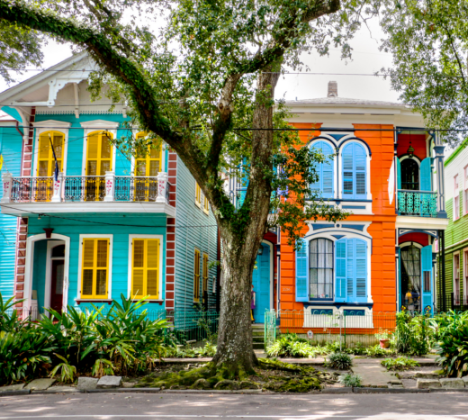
New Orleans Today
Let The Good Times Roll
A culturally-rich city with a passion for art and cuisine, New Orleans essentially vibrates with history, music, and good times to be had. The Crescent City is known as a cultural hotspot, offering visitors a variety of attractions, from culinary delights and a vibrant nightlife, to unique shopping experiences and a celebrated art scene.
"I returned to New Orleans, and as soon as I smelled the air, I knew I was home. It was rich, almost sweet, like the scent of jasmine and roses around our old courtyard."
Anne Rice
Nicknamed "The Big Easy" for its laid-back attitude and penchant for partying, New Orleans is a town of musical greats, iconic architecture, and a culinary heart of Creole and Cajun food, with original delicacies ranging from muffuletta to beignets. World-famous chefs like Emeril Lagasse lend contemporary twists to classic Creole cuisine featuring jambalaya, gumbo, and red beans and rice. A visit to the charming Garden District, New Orleans' prettiest neighborhood, reveals picturesque oak-lined streets with a variety of striking architecture, from opulent mansions to fairytale cottages. Another iconic landmark is Jackson Square, a popular and colorful park in the French Quarter just steps away from the meandering Mississippi. Vibrant with a bevy of flowers and shade trees, the park also serves as the city's most famous open-air art gallery, where local artists create and display their works along the park's wrought-iron fence.
New Orleans boasts an affinity for the supernatural, where ghosts, vampires, mythical creatures, and voodoo are front and center in local culture. The city has a thriving voodoo following, dating back to the 18th century. Visitors flock to the famed St. Louis Cemetery No. 1 to visit the grave of Marie Laveau, a renowned practitioner of voodoo rituals who achieved fame in her lifetime during the 1800s, as a granter of wishes. Ghost tours fascinate visitors with the gruesome tale of the notorious LaLaurie Mansion, where the souls of tortured slaves remain forever trapped inside this house of horrors.
From Mardi Gras to Halloween, celebrations abound in New Orleans, where the laid-back attitude and party atmosphere caters to everyone's passions. Between its rich history, natural attractions, mystical legends, and multicultural traditions, there is much to enjoy while visiting the Crescent City.
What to See and Do in the Big Easy
There is an abundance of attractions and activities to enjoy in beautiful New Orleans. Here is a list of some of our favorites:
- National WWII Museum: This museum houses an impressive collection of artifacts representing all aspects of the war.
- French Quarter: One of the most recognized spots in New Orleans, this neighborhood is a national historic landmark.
- St. Louis Cathedral: This historic site is the oldest cathedral in North America.
- Cafe du Monde: Patrons have enjoyed coffee and beignets at this New Orleans tradition since 1862.
- St. Louis Cemetery No. 1: This elaborate "city of the dead" is the oldest cemetery in the city, established in 1789.


